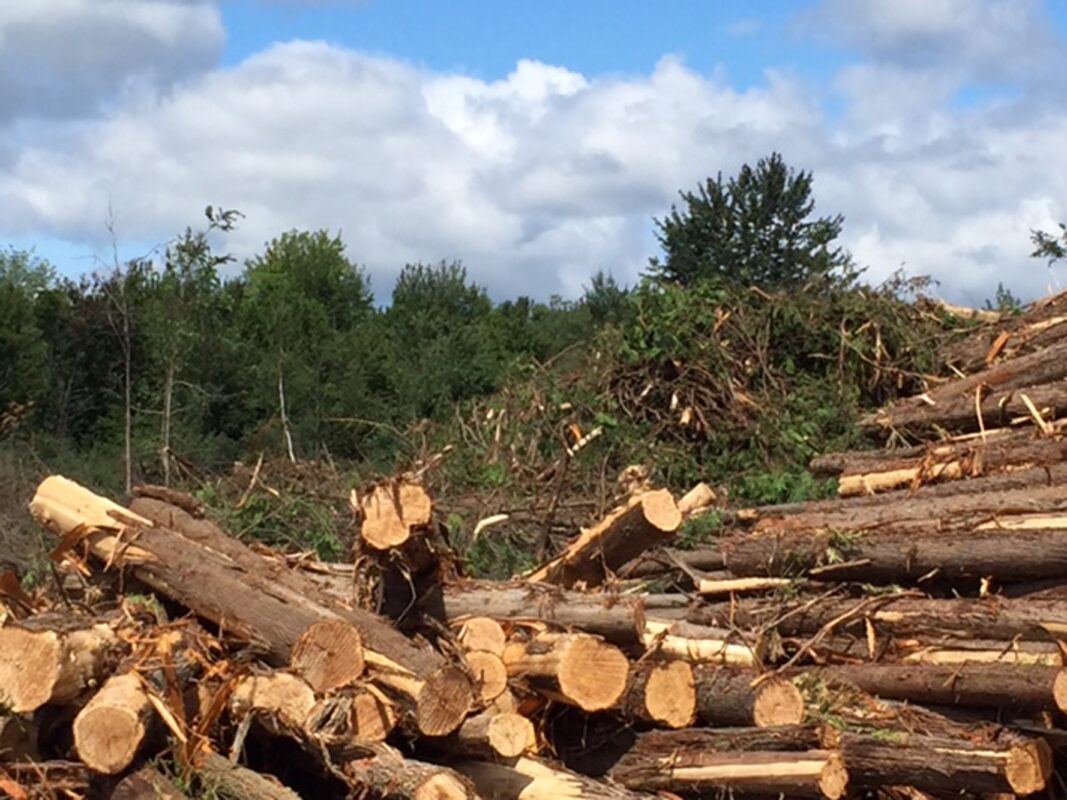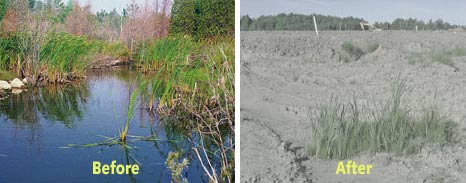
Introduction and Background
Located in the southern part of the City of Ottawa, Leitrim Wetland is one of Canada’s finest examples of a complex wetland ecosystem and has been identified as a North American “biodiversity hotspot”. According to the Canadian Wildlife Service, “Leitrim Wetland is clearly an area of outstanding ecological significance”.
Aside from containing a range of plants that is unparalleled in North America, Leitrim Wetland supplies cool, clean water to Findlay Creek – one of the most important streams in the South Nation River watershed. It is home to many rare and threatened species as well as plenty of wildlife and even boasts an old growth forest, including white pine in which Great Blue Heron nest. It is a Provincially Significant Wetland (Class I under the former classification).

This wetland is threatened with a massive housing development that claims to be “green” when it will in fact be constructed on top of a wetland. The proposed Stage 2 development of Findlay Creek Village is also within one kilometer of a chemical waste site and landfill that has been leaching at least 20 toxic contaminants (including vinyl chloride, a known human carcinogen, and 1,4-dioxane a probable human carcinogen) into the groundwater for decades. (see MAP for details). The 1,4-dioxane is migrating at a rate of about 55 metres per year.
The new home construction requires drainage and peat removal. Transport Canada has admitted that drainage will increase the outflow of groundwater from the federally-owned lands, thus speeding up the migration of toxic chemicals. Peat is known to absorb and break down toxic chemicals. Its removal will therefore eliminate a protective barrier for existing and future housing.
On September 27, 2006, Ottawa City Council approved the rezoning of major sections of Stage 2 of the Findlay Creek Village development. The Greenspace Alliance of Canada’s Capital and the Sierra Club of Canada have launched an appeal to the Ontario Municipal Board with respect to this rezoning. (See letter of appeal to the OMB). The newly-formed Environmental Law Clinic, a joint venture of the University of Ottawa Law School and Ecojustice (formerly Sierra Legal Defence Fund), has agreed to defend this appeal before the OMB. For the first time in over a decade, there is a real chance that the Wetland might yet be saved!
Read about our concerns on the development in Leitrim Wetlands
Since the appeal letter was written, we have also become aware of the possible presence of Blanding’s Turtle, a threatened species under both federal and Ontario law. For more on Blanding’s Turtles, see the Save Our Greenspace web site.
Further background
+ 2003 Department of Fisheries and Oceans Screening Report
Back on June 18, 2003, the federal Department of Fisheries and Oceans released a “screening report” — a low-level, non-comprehensive, federal environmental assessment. It has been widely denounced by environmental groups, naturalists and local and national scientists.
Read about the Screening Report Deficiencies here.
Read the June 20, 2003 Press release on the Screening Report here.
+ Letter from Elisabeth May to the Minister of Fisheries and Oceans, July 17, 2003
+ Letter from the Alliance to the Minister of Health (n.d.)
+ An essay [no longer online] by John Sankey (never mind his pessimistic conclusion!)
+ A 3-part article by Albert Dugal in Trail & Landscape, a publication of the Ottawa Field-Naturalists Club: 24(2):56-78(1990); 26(3):64-94(1992); 27(4):118-139(1993)
+ A Natural Treasure in Peril, by Albert Dugal, published in the December 1999-January 2000 issue of PEN.
